Cistanche deserticola
Cistanche deserticola
1. The products in our compound library are selected from thousands of unique natural products; 2. It has the characteristics of diverse structure, diverse sources and wide coverage of activities; 3. Provide information on the activity of products from major journals, patents and research reports around the world, providing theoretical direction and research basis for further research and screening; 4. Free combination according to the type, source, target and disease of natural product; 5. The compound powder is placed in a covered tube and then discharged into a 10 x 10 cryostat; 6. Transport in ice pack or dry ice pack. Please store it at -20 °C as soon as possible after receiving the product, and use it as soon as possible after opening.
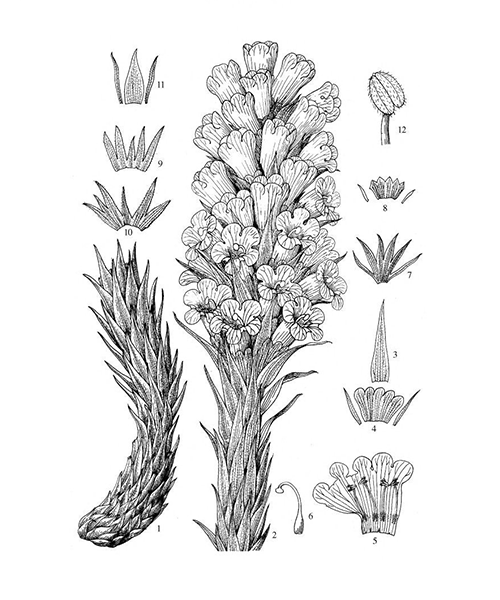
Natural products/compounds from Cistanche deserticola
- Cat.No. Product Name CAS Number COA
-
BCN5966
Salidroside10338-51-9
Instructions

-
BCN2806
Tubuloside A112516-05-9
Instructions
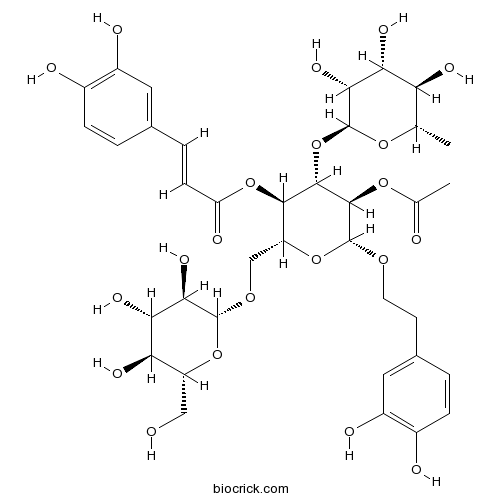
-
BCN6770
Brandioside133393-81-4
Instructions

-
BCN8541
DL-Arabinose147-81-9
Instructions
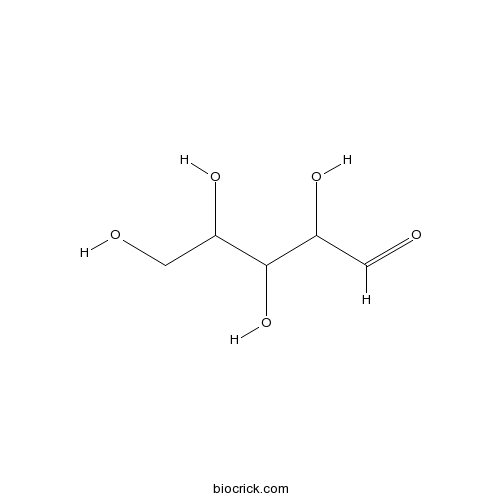
-
BCN5094
Catalpol2415-24-9
Instructions
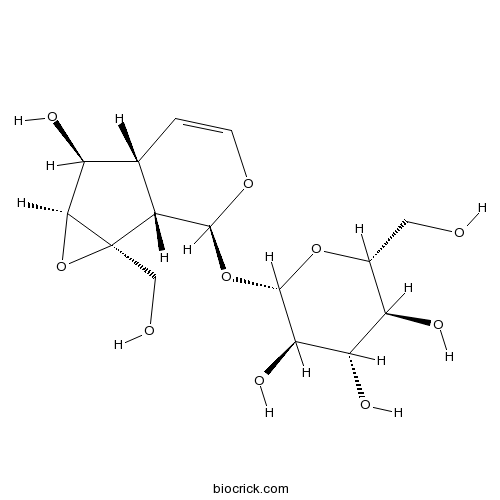
-
BCN5104
Geniposide24512-63-8
Instructions

-
BCN1061
Formononetin485-72-3
Instructions

-
BCN5926
Ononin486-62-4
Instructions

-
BCN2883
Ajugol52949-83-4
Instructions

-
BCN3841
Inosine58-63-9
Instructions
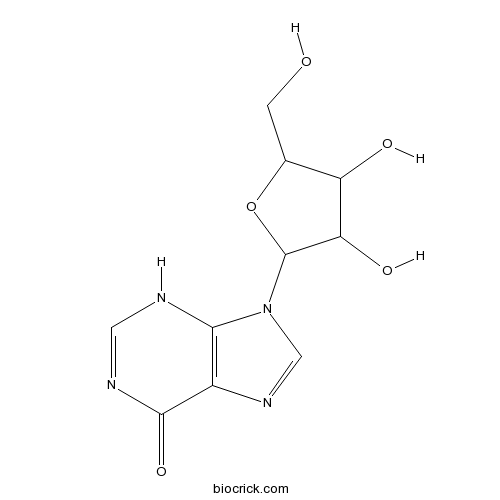
-
BCN4136
Acteoside61276-17-3
Instructions

-
BCN4137
Isoacteoside61303-13-7
Instructions

-
BCN4953
Echinacoside82854-37-3
Instructions
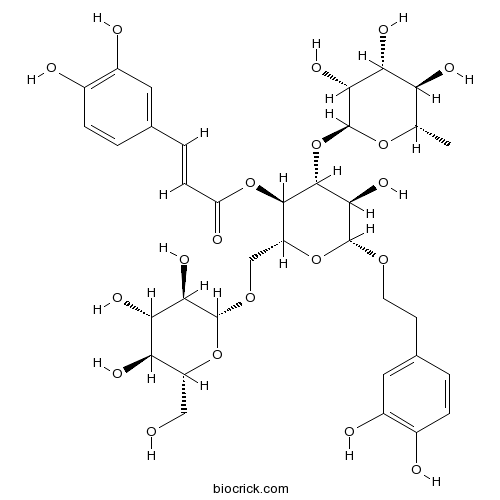
-
BCN2668
Cistanoside A93236-42-1
Instructions

-
BCN3409
2'-Acetylacteoside94492-24-7
Instructions

-
BCN5964
Eugenol97-53-0
Instructions
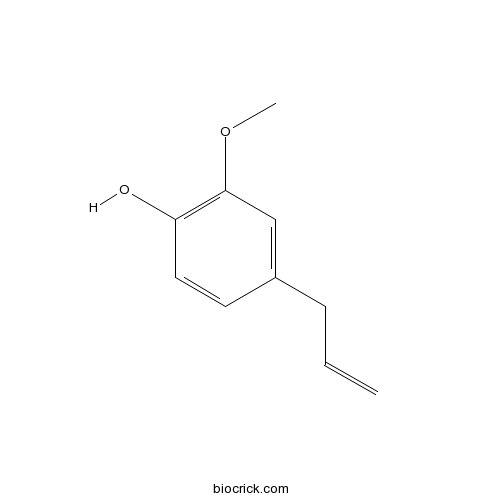
-
BCN4527
Allantoin97-59-6
Instructions

[Effect of Grade and Steaming Time on Quality of Cultivated Cistanche deserticola].[Pubmed: 30080358]
To study the correlation between chemical component content and grades of Cistanche deserticola,and then to determine the optimum steaming time of different grades of Cistanche deserticola.
Cistanche deserticola polysaccharide attenuates osteoclastogenesis and bone resorption via inhibiting RANKL signaling and reactive oxygen species production.[Pubmed: 29968926]
Osteoporosis is a metabolic disease characterized by osteopenia and bone microstructural deterioration. Osteoclasts are the primary effector cells that degrade bone matrix and their abnormal function leads to the development of osteoporosis. Reactive oxygen species (ROS) accumulation during cellular metabolism promotes osteoclast proliferation and differentiation, therefore, playing an important role in osteoporosis. Cistanche deserticola polysaccharide (CDP) possesses antitumor, anti-inflammatory, and antioxidant activity. However, the impact of CDP on osteoclasts is unclear. In this study, tartrate-resistant acid phosphatase staining, immunofluorescence, reverse transcription-polymerase chain reaction, and western blot analysis were utilized to demonstrate that CDP inhibited osteoclastogenesis and hydroxyapatite resorption. In addition, CDP also inhibited the expression of osteoclast maker genes including Ctsk, Mmp9, and Acp5 and had no effect on receptor activator of nuclear factor κB (RANK) expression. Mechanistic analyses revealed that CDP increases the expression of antioxidant enzymes to attenuate RANKL-mediated ROS production in osteoclasts and inhibits nuclear factor of activated T cells and mitogen-activated protein kinase activation. These results suggest that CDP may represent a candidate drug for the treatment of osteoporosis caused by excessive osteoclast activity.
Cistanche deserticola polysaccharides protects PC12 cells against OGD/RP-induced injury.[Pubmed: 29710464]
None
[Four new cis-phenylethanoid glycosides from stems of Cistanche deserticola cultured in Tarim desert].[Pubmed: 29676124]
In order to clarify the chemical constituents of Cistanche deserticola cultured in Tarim desert, a systematically phytochemical investigation was carried out. The chemical constituents were isolated by column chromatography, such as silica gel, Sephadex LH-20, MCI gel, ODS and semi-preparative HPLC, and their structures were determined on the basis of MS, NMR spectroscopic analysis, and comparison with literature data. Four compounds were isolated from the 85% ethanol extract of the stems of C. cultured in Tarim desert. Their structures were identified as cis-tubuloside (1), cis-cistanoside (2), cis-cistanoside J (3), and cis-isocistanoside C(4). Compounds 1-4 were four new cis-phenylethanoid glycosides. Herein, we firstly report the ¹H, ¹³C-NMR data of the new compounds(1-4) for the first time. This study will provide the scientific evidence for comprehensively analyzing the chemical constituents of C. deserticola cultured in Tarim desert.
Wound Stress, an Unheeded Factor for Echinacoside Accumulation in Cistanche deserticola Y. C. Ma.[Pubmed: 29649140]
None
Simultaneous determination of seven phenylethanoid glycosides in Cistanches Herba by a single marker using a new calculation of relative correction factor.[Pubmed: 29364574]
Current quantitative analysis of multi-components by a single marker is usually performed by using liquid chromatography methods coupled with ultraviolet or mass spectrometry detection to afford the relative correction factors between reference standard and other components. However, low durability of the relative correction factors caused by different chromatographic system leading this approach lacking a high accuracy. In the present study, a simple but effective method was established by employing the absorption coefficient (E1 cm 1%) to calculate the relative correction factors instead of peak area or height. The absorption coefficient, a fundamental constant of physics, has been widely used for qualitative and quantitative analysis in Pharmacopoeia all over the world. According to the absorbance coefficient ratio between echinacoside and other compounds, the content of seven phenylethanoid glycosides in Cistanche deserticola and Cistanches tubulosa were determined simultaneously. The low standard method difference on quantitative measurement of seven compounds in Cistanches Herba between our method and the external standard method proved the consistency of the two methods. Using an ultra high performance liquid system, these seven bioactive phenylethanoid glycosides were baseline separated in 8 min. All the data suggested that the method was accurate and reliable for the determination of multi-components when authentic standard substances were unavailable.
Immunostimulatory activity of water-extractable polysaccharides from Cistanche deserticola as a plant adjuvant in vitro and in vivo.[Pubmed: 29360858]
A safe and effective vaccine adjuvant is important in modern vaccines. Various Chinese herbal polysaccharides can activate the immune system. Cistanche deserticola (CD) is a traditional Chinese herb and an adjuvant candidate. Here, we confirmed that water-extractable polysaccharides of CD (WPCD) could modulate immune responses in vitro and in vivo. In a dose-dependent manner, WPCD significantly promoted the maturation and function of murine marrow-derived dendritic cells (BM-DCs) through up-regulating the expression levels of MHC-II, CD86, CD80, and CD40, allogenic T cell proliferation, and the yields of IL-12 and TNF-α via toll-like receptor4 (TLR4), as indicated by in vitro experiments. In addition, its immunomodulatory activity was also observed in mice. WPCD effectively improved the titers of IgG, IgG1 and IgG2a and markedly enhanced the proliferation of T and B cells, the production of IFN-γ and IL-4 in CD4+ T cells and the expression level of IFN-γ in CD8+ T cells better than Alum. Furthermore, WPCD could markedly up-regulate the expression levels of CD40 and CD80 on DCs in spleen and down-regulate the Treg frequency. The study suggests that polysaccharides of Cistanche deserticola are a safe and effective vaccine adjuvant for eliciting both humoral immunity and cellular immunity by activating DCs via TLR4 signaling pathway.


